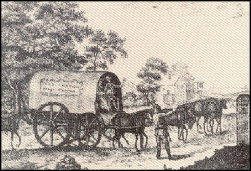




12th November 2010
Engineers & Engineering
John MacAdam was born in Ayr in Scotland in 1756. When his father died in 1770 he was sent to New York to live with his uncle who had emigrated to America and was a successful and wealthy merchant. Under his uncle’s guidance John MacAdam became wealthy in his own right and in 1783 he returned to Scotland and bought an estate at Sauhrie in Ayrshire. He became a local magistrate and deputy-lieutenant for Ayr and road trustee.

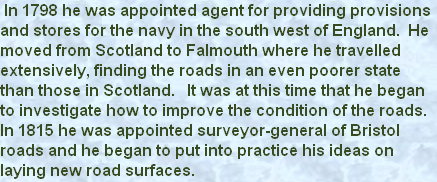
He had realised that the problem with the roads was the size of the gravel and rocks; these were usually large and of an uneven size. The old Roman roads had been the most
His duties involved him travelling extensively around the country and he was appalled at the wretched state of the roads. Most were in a chronic state of repair with deep ruts and potholes as their loose structure of gravel
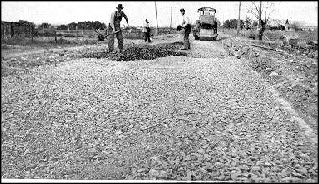
1910
Spreading asphalt Macadam on a rock crushed base.
Yakima County Washington State USA
Spreading asphalt Macadam on a rock crushed base.
Yakima County Washington State USA
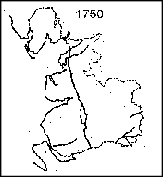
1750
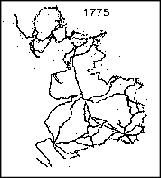
1775
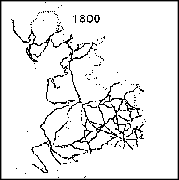
1800
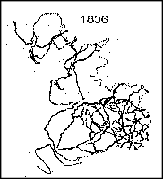
1830
Growth of the Turnpike Road system in Lancashire, UK, after the introduction of ‘Improved Roads’
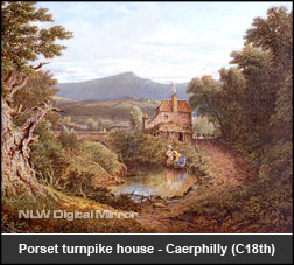
and rocks offered little or no resistance to the wheels of heavy vehicles such as carts and stage coaches. In wet weather they became totally unpassable. A typical journey from London to Edinburgh (329 miles) could take upwards of 10 days.
1750 York Common
Stagewaggon
Stagewaggon
successful, being built with a bottom layer of heavy stone with succeeding layers of finer stones and a top layer of gravel. Bridges had top layers of slab or cobbles. McAdam realised that the
best stone for road surfacing needed to be angular in shape and broken or crushed and then graded to a constant size. The first two layers were a maximum size of 75mm and were laid to a
total depth of 200mm. The third layer had a maximum size of 25mm and was laid to a depth of 25mm. Each layer was compacted using a heavy roller. The centre of the road was built higher t
han the edges to assist rainwater in running off to drains built either side of the road. The whole
of the surface was then rolled flat to bind the stones together. This gave a hard road surface,
free from ruts and one which was capable of carrying heavy carts and stage coaches. So successful were MacAdam’s roads that his system was used not only in Britain but all around the world. Later, road surfaces were bound together using coal tar and were commonly known as Tarmacadam roads. Modern roads are still built largely on MacAdam’s system and his name has become synonymous with roads.
best stone for road surfacing needed to be angular in shape and broken or crushed and then graded to a constant size. The first two layers were a maximum size of 75mm and were laid to a
total depth of 200mm. The third layer had a maximum size of 25mm and was laid to a depth of 25mm. Each layer was compacted using a heavy roller. The centre of the road was built higher t
han the edges to assist rainwater in running off to drains built either side of the road. The whole
of the surface was then rolled flat to bind the stones together. This gave a hard road surface,
free from ruts and one which was capable of carrying heavy carts and stage coaches. So successful were MacAdam’s roads that his system was used not only in Britain but all around the world. Later, road surfaces were bound together using coal tar and were commonly known as Tarmacadam roads. Modern roads are still built largely on MacAdam’s system and his name has become synonymous with roads.

